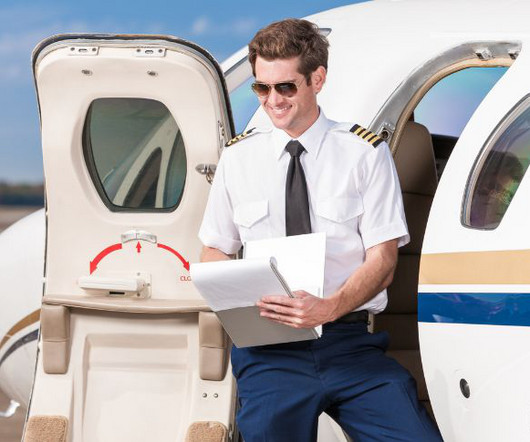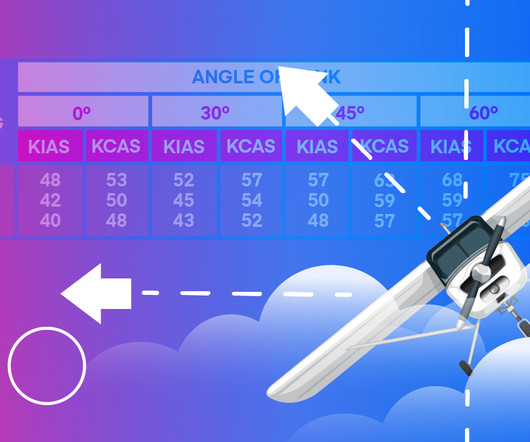What Are Common Part 107 Test Questions?
Flying Magazine
MAY 10, 2024
Correct answer: C Operations The final category of test questions covers all the remaining topics, from radio procedures to aeronautical decision-making. Aeronautical decision-making: Questions in this section cover crew resource management and hazardous attitudes.














Let's personalize your content